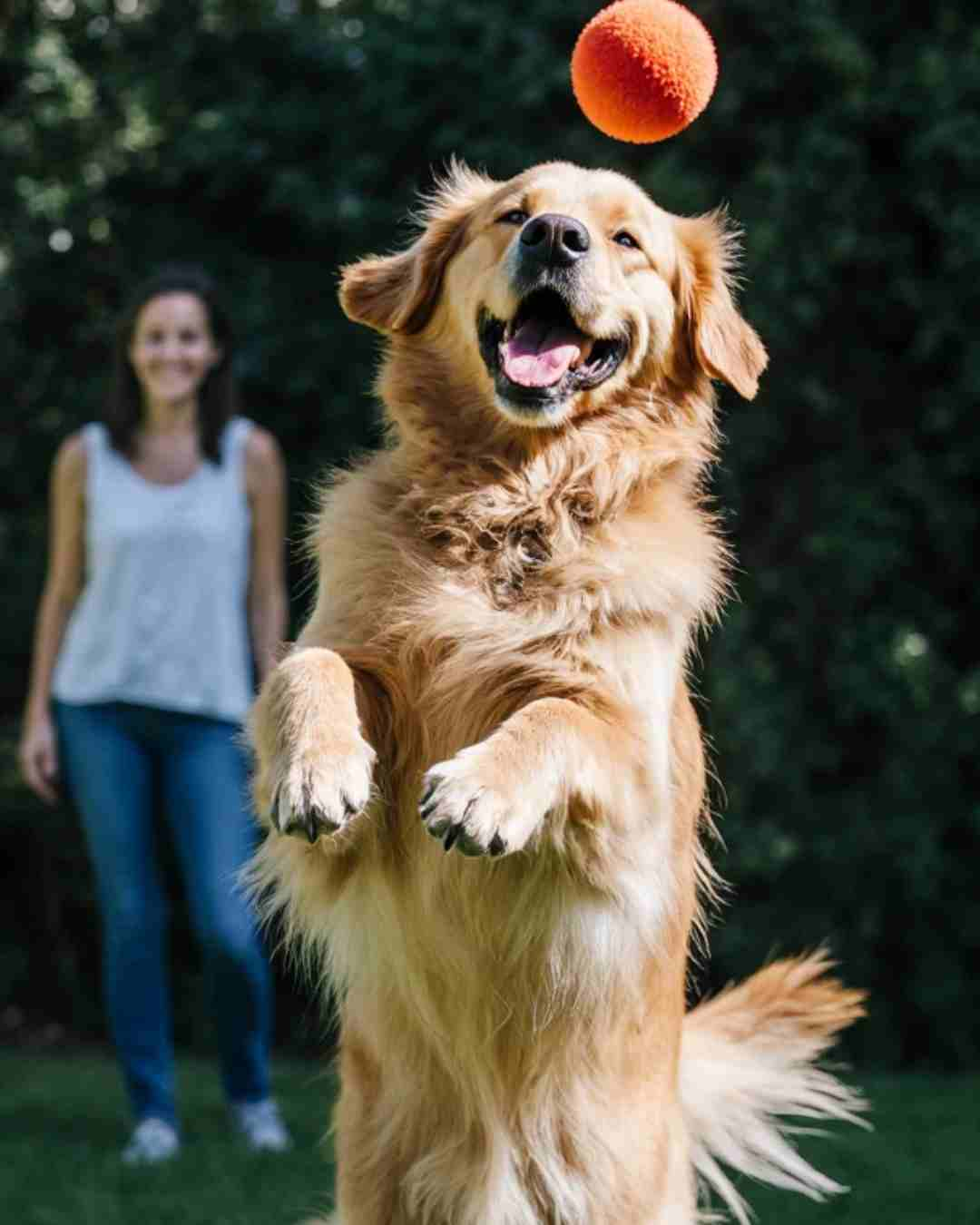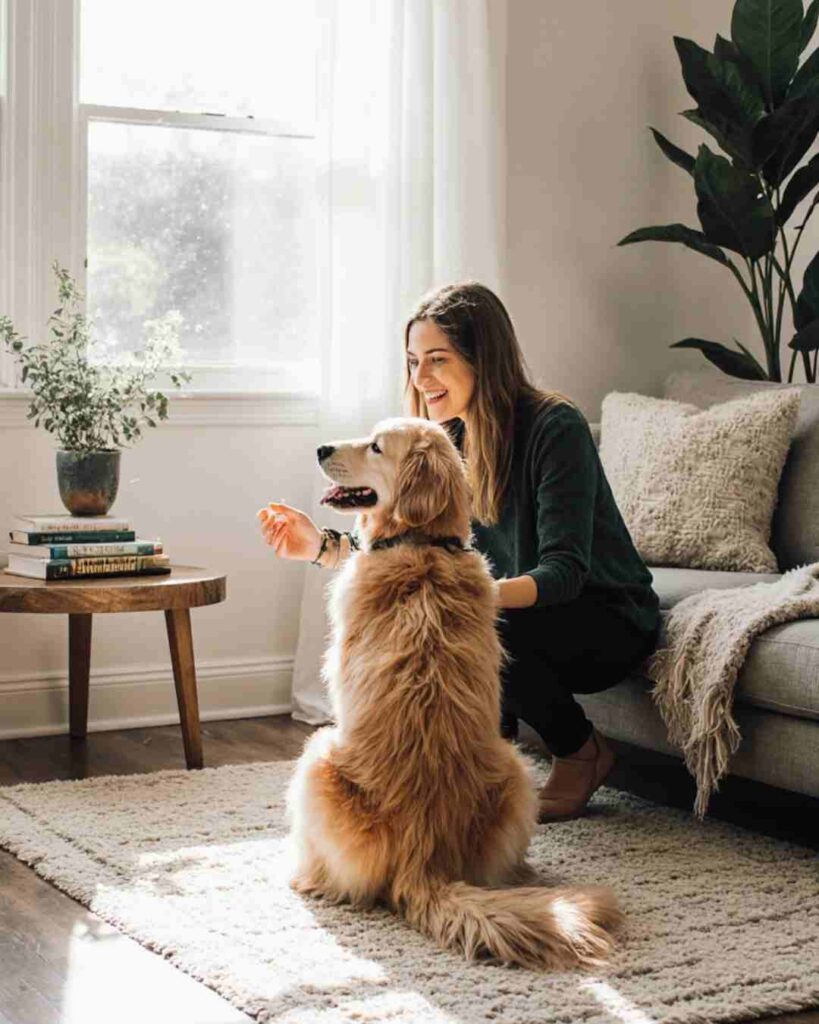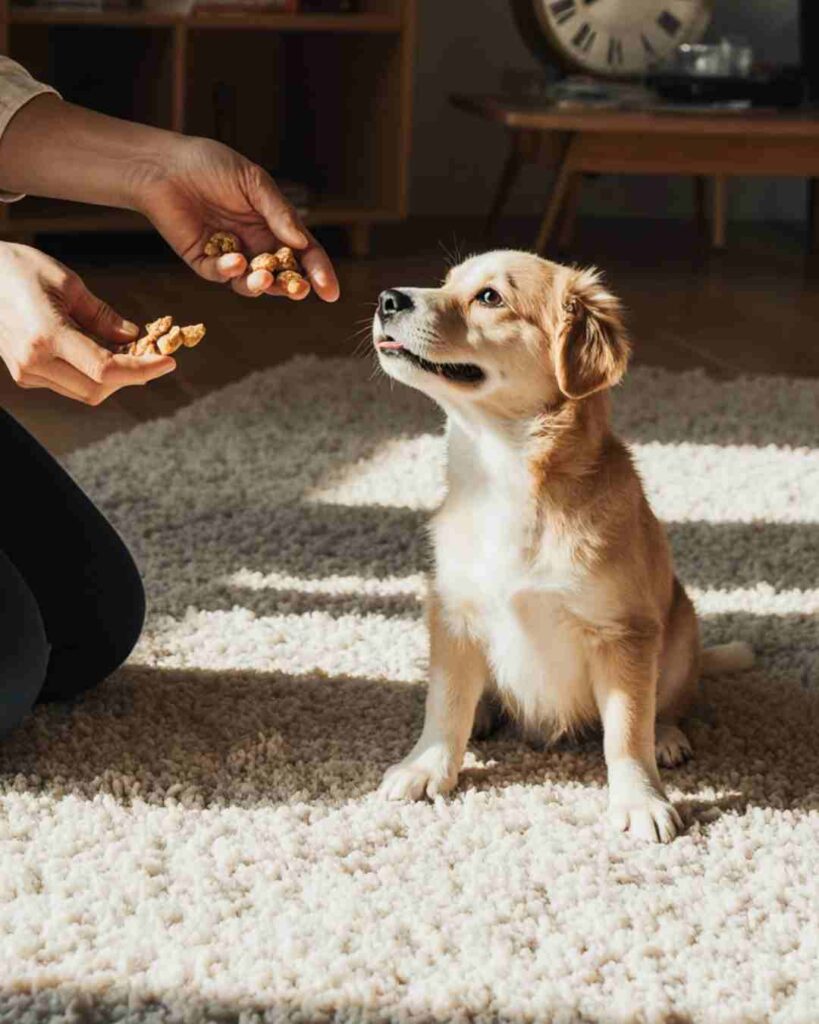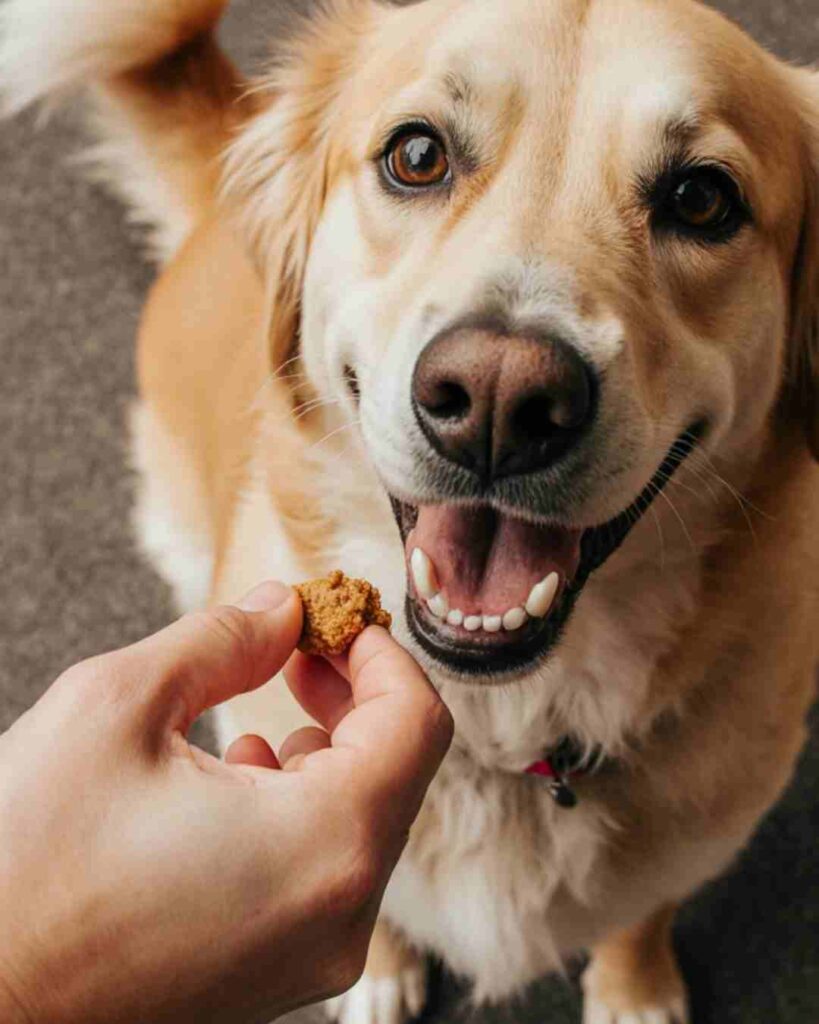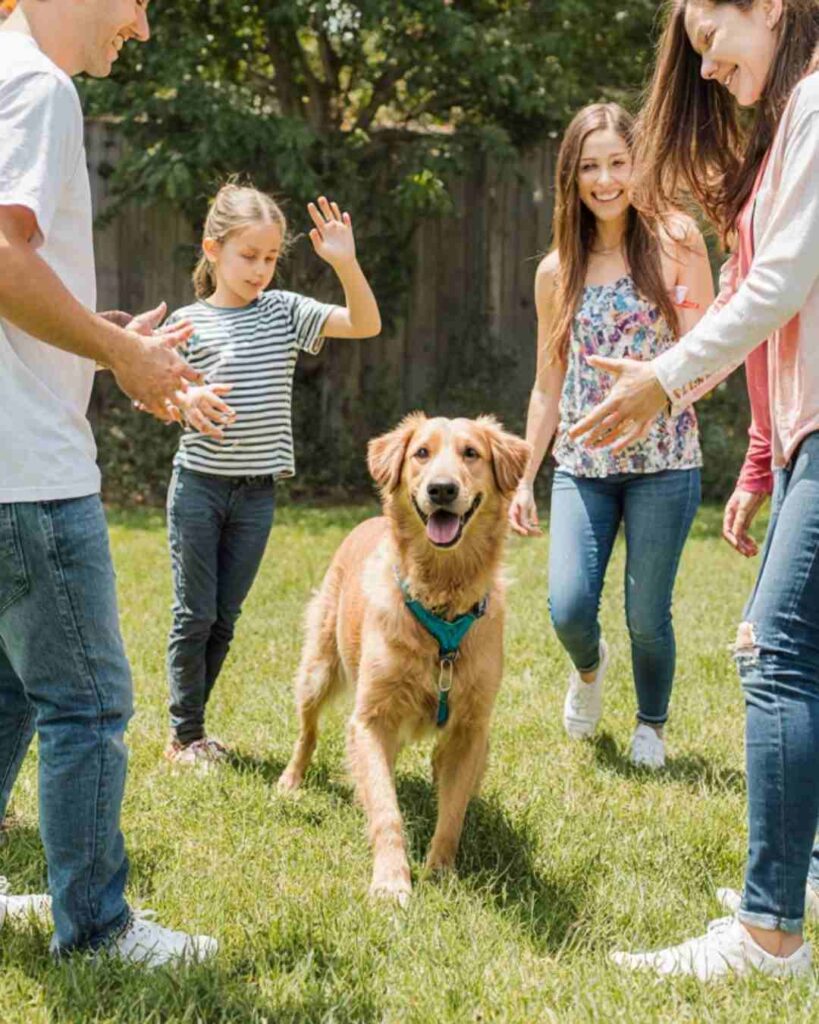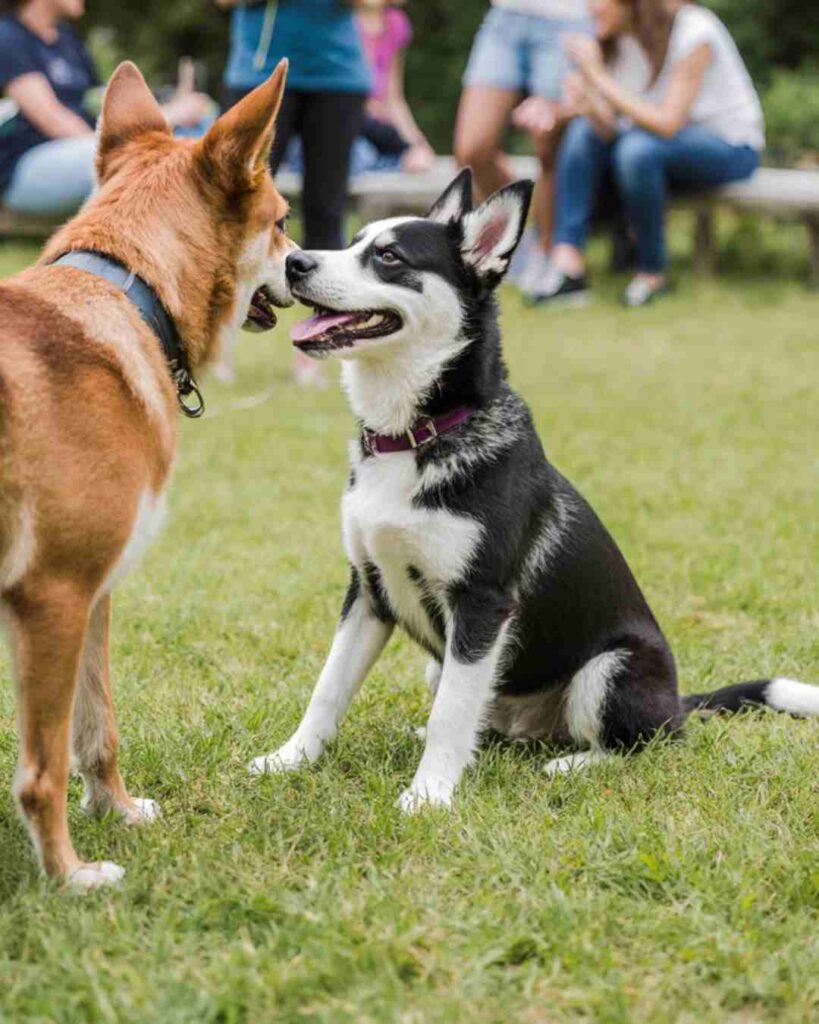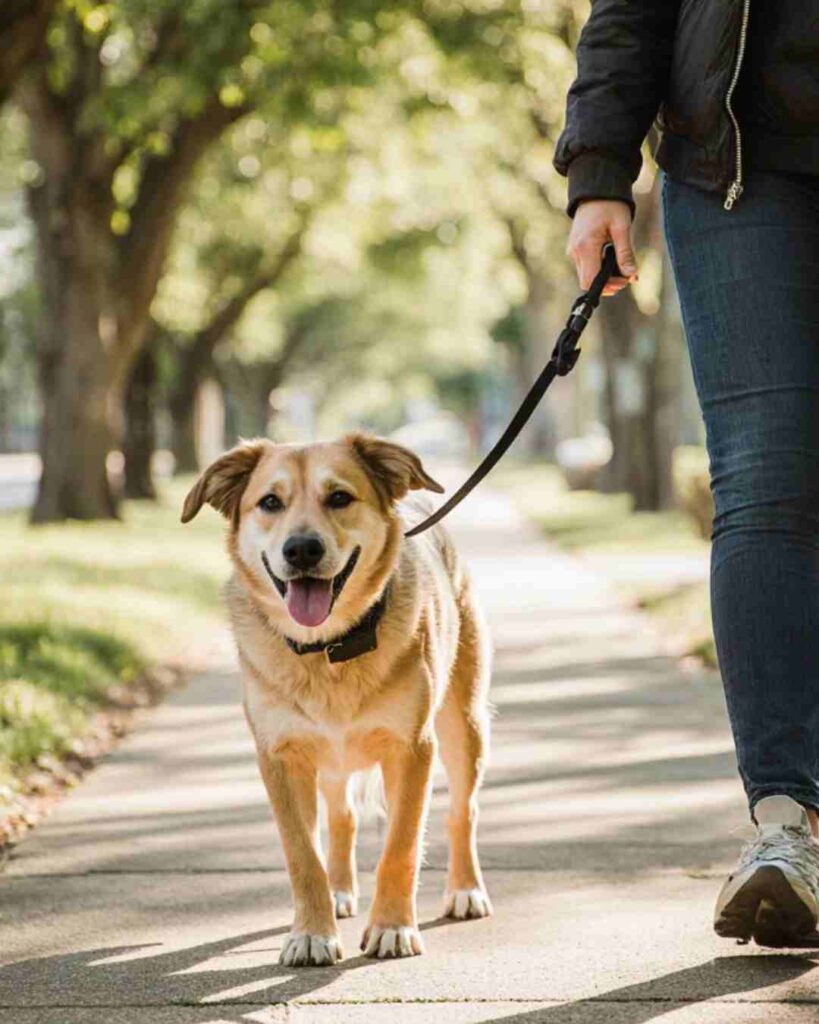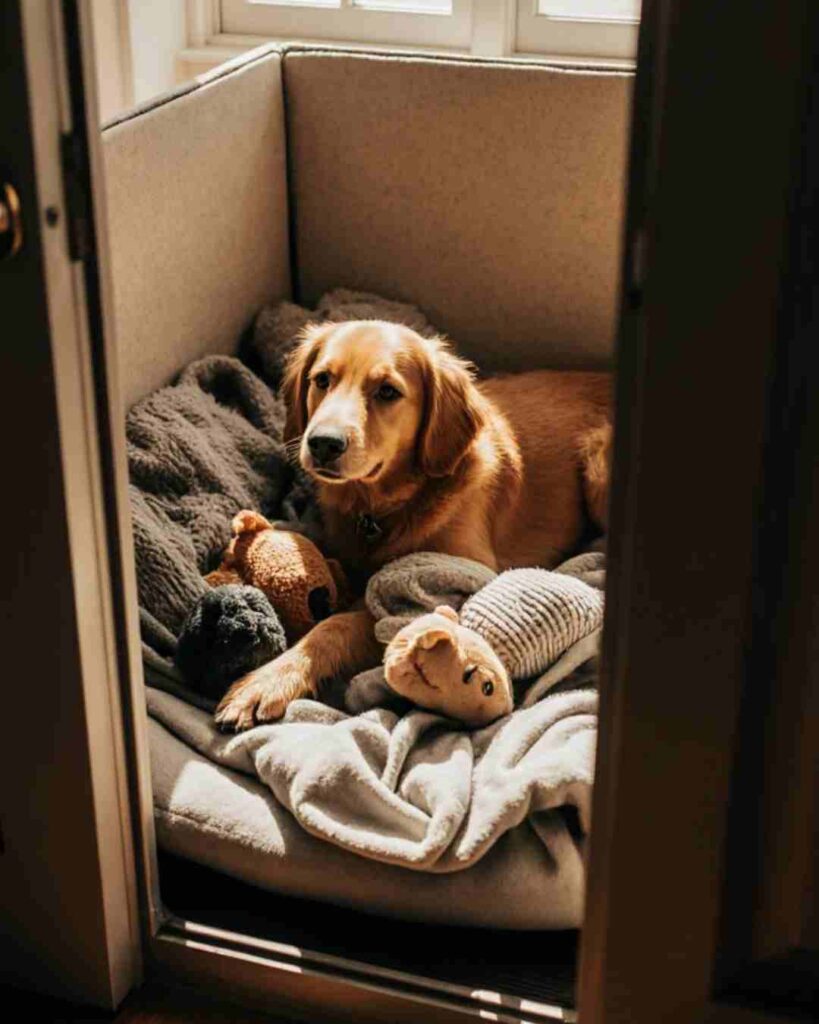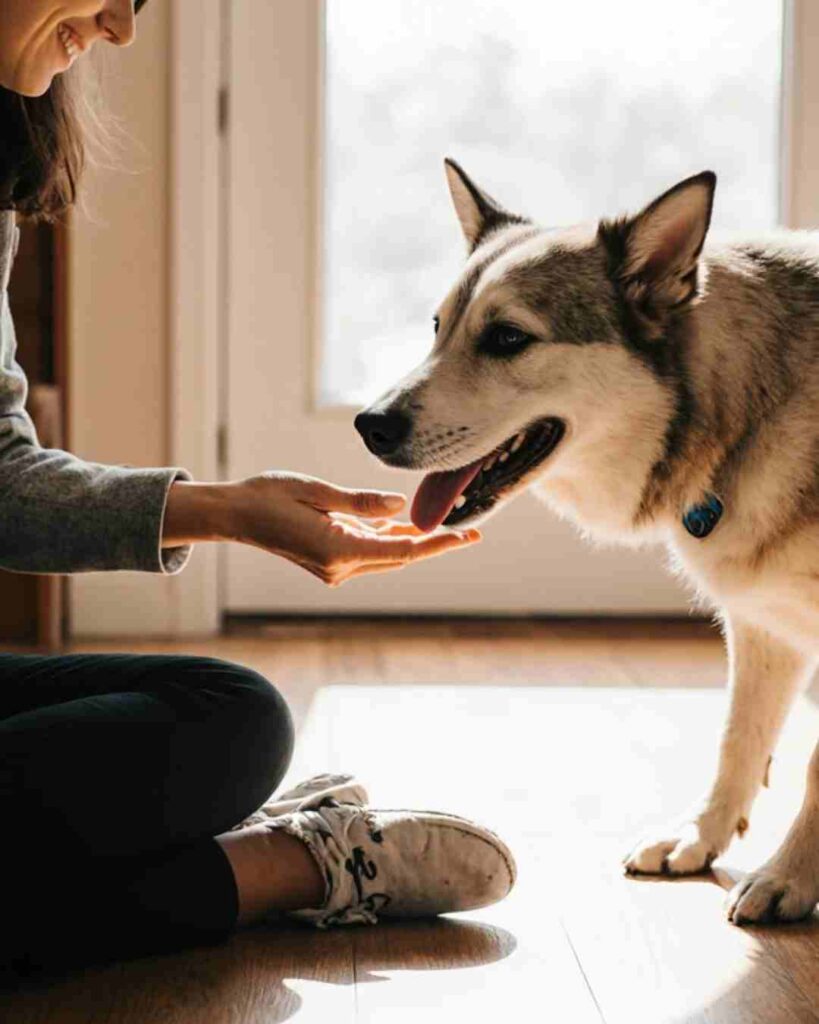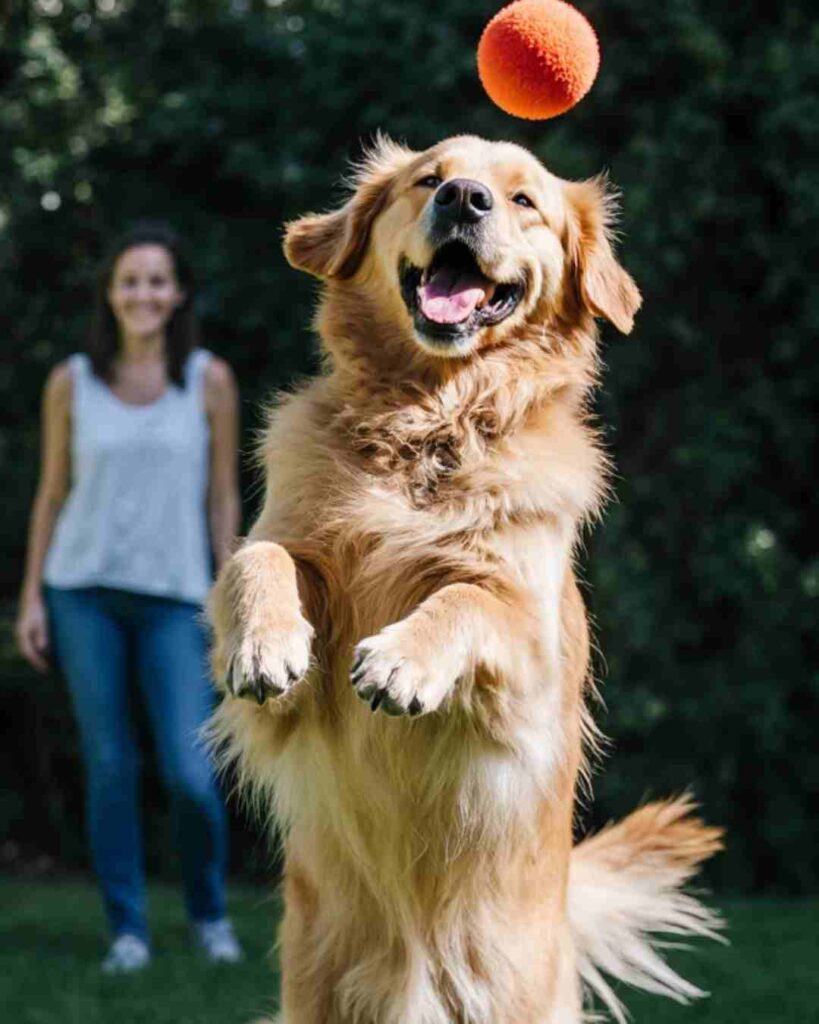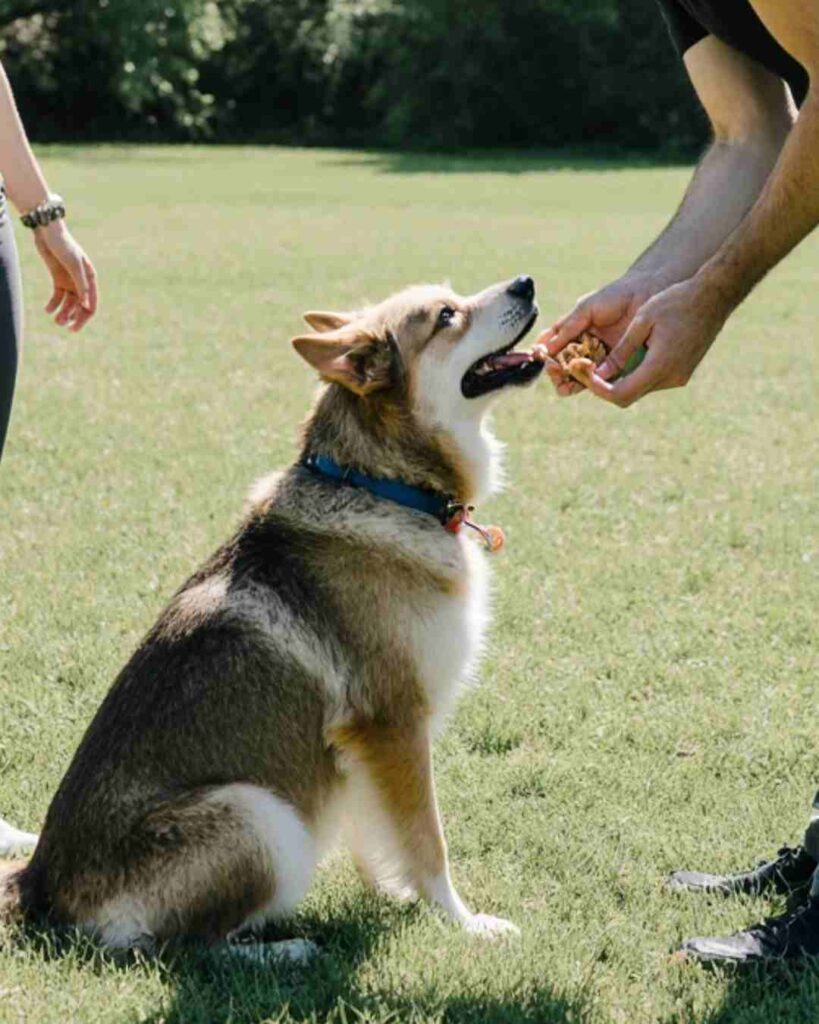10 Must-Know Dog Training Tips for Beginners! (Easy Guide)
Dog training tips for beginners can feel overwhelming when you’re just starting out, right? I remember when I first brought home Max, my crazy little furball, I had no clue what I was doing. He chewed shoes, ignored commands, and pretty much ran the house. But once I learned a handful of dog training tips for beginners, everything clicked.
You want a dog that’s fun, well-behaved, and, let’s be honest, won’t embarrass you at the park. Right? That’s exactly what these 10 must-know dog training tips are all about. Ready to get started?
1. Start with the Basics
Every great training journey begins with the simple stuff. Don’t overcomplicate things—sit, stay, come, down. These are your foundation.
- Use short commands.
- Keep your tone consistent.
- Always reward effort, even if it’s clumsy at first.
Ever noticed how dogs seem to pick up “sit” way faster than “stay”? That’s because “sit” is simple, and they get rewarded quickly. The faster the win, the faster the learning.
2. Keep Training Sessions Short
Here’s the thing: dogs don’t have Netflix-style attention spans. They’ll give you 5–10 minutes of focus, and then they’re out. If you keep drilling after that, you’re just talking to yourself.
I used to push Max for 20 minutes at a time—big mistake. He got frustrated, I got frustrated, and nobody learned anything. Now? I keep sessions short, sweet, and end on a win.
Pro tip: Stop the session while your dog is still excited. That way, they’ll look forward to the next one.
3. Use Positive Reinforcement
This one’s a game-changer. Dogs don’t respond well to punishment—they just get confused. Instead, focus on praise, treats, or playtime.
Ask yourself: would you want to work harder for a gold star or for someone yelling at you? Exactly.
- Use small, tasty treats. Our easy-to-break-apart Turkey and Pumpkin Chews are perfect high-value training rewards.
- Pair the treat with a happy voice.
- Phase out the food slowly, so the behavior sticks.
Ever wondered why your dog suddenly listens when you’ve got chicken in your hand? That’s the power of positive reinforcement.
4. Be Consistent
If you’re teaching “down” today, don’t call it “lay” tomorrow. Dogs don’t understand synonyms—they understand patterns.
Max used to ignore me completely until I realized my family was using three different commands for the same action. Once we agreed on one word? Boom—he got it.
Key takeaway: Same words, same tone, same rules. Every. Single. Time.
5. Socialize Early and Often
Want a confident dog? Get them used to the world. Expose your pup to different people, dogs, sounds, and environments.
When Max was a puppy, I took him everywhere—cafés, parks, even on short car rides. The result? He grew up curious, not scared.
- Start slow: one new experience at a time.
- Reward calm behavior.
- Avoid overwhelming your dog.
Ever met a dog that freaks out at the vacuum cleaner? That’s often a lack of early socialization.
6. Leash Training is a Must
Walking your dog shouldn’t feel like a tug-of-war. Leash training is essential.
Here’s how I cracked it with Max:
- I let him explore with the leash in the house first.
- I rewarded him for walking next to me.
- Every time he pulled, I stopped. No forward movement = no reward.
Sure, it took patience, but now walks are enjoyable instead of exhausting.
Bold truth: If your dog walks you, you’re doing it wrong.
7. Don’t Skip Crate Training
Some people think crates are mean. Honestly? They’re the opposite when used correctly. Dogs are den animals—they like having a safe, cozy spot.
Max’s crate became his favorite place. He went there to nap, chew his toys, and chill out. It also made potty training a million times easier.
Crate training benefits:
- Helps with housebreaking.
- Prevents destructive behavior when you’re not home.
- Gives your dog a sense of security.
Ever had a dog chew through your couch while you were at work? Yeah… crate training prevents that.
8. Patience Pays Off
Here’s the truth: training takes time. Don’t expect perfection overnight.
When Max refused to “stay” longer than three seconds, I almost gave up. But I kept practicing daily. Now, he’ll stay while I cook dinner.
Remember:
- Progress, not perfection.
- Every dog learns at a different pace.
- Celebrate small wins.
Frustrated? Take a break. Dogs can feel your stress, and it only slows progress.
9. Keep Things Fun
Training doesn’t have to be boring. Turn it into a game. Hide treats around the house and use “find it” as a command. Practice “come” in the backyard like it’s a race.
Dogs love to learn when it feels like play. And honestly? You’ll have more fun too.
Max’s favorite? “Fetch, then drop it.” He gets to run, I get the ball back, and it sneaks in a solid training session.
Ask yourself: wouldn’t you rather play a game than do chores? Your dog feels the same way.
10. Know When to Get Help
Sometimes, DIY training isn’t enough, and that’s okay. Find out how to locate a certified professional dog trainer who uses positive methods if you run into serious issues like aggression or anxiety.
Signs you might need help:
- Aggression.
- Excessive fear or anxiety.
- Consistent disobedience despite your efforts.
There’s no shame in calling in reinforcements. In fact, it shows you care enough to do what’s best for your dog.
Bonus Tip: Enjoy the Journey
Okay, I know I promised 10 tips, but here’s one more: don’t forget to enjoy the ride. Training builds a bond like nothing else.
When I look back, some of my best memories with Max are from training sessions. Watching his lightbulb moments, laughing at the fails, and celebrating the wins—it’s all part of the journey.
So relax. Have fun. And remember: your dog doesn’t need perfection, just your patience and love.
Recipes for Training and Enrichment
- Turkey and Pumpkin Chews (Perfect size and value for quick commands)
- Bacon Cheese Dog Treats (Aromatic and highly motivating for scent games)
- Peanut Butter & Pumpkin Pup Donuts (Ideal for crate time or long-lasting chews)
Conclusion
Training your dog as a beginner might feel daunting, but with these 10 must-know tips, you’ve got everything you need to get started. Keep it simple, stay consistent, reward the good, and don’t forget to have fun.
At the end of the day, dog training isn’t just about commands—it’s about building trust, respect, and a bond that lasts a lifetime.
So, grab some treats, roll up your sleeves, and start training today. Your future well-behaved, happy pup will thank you.
